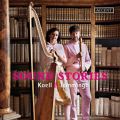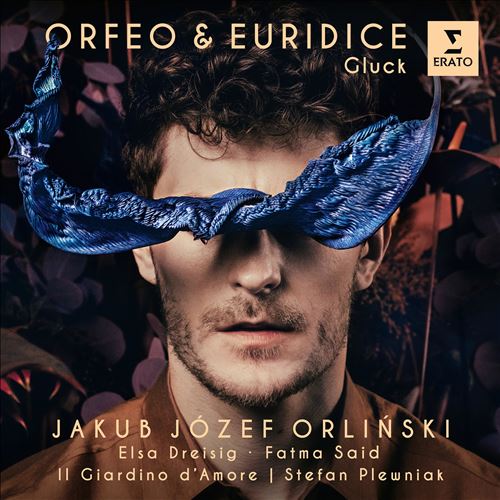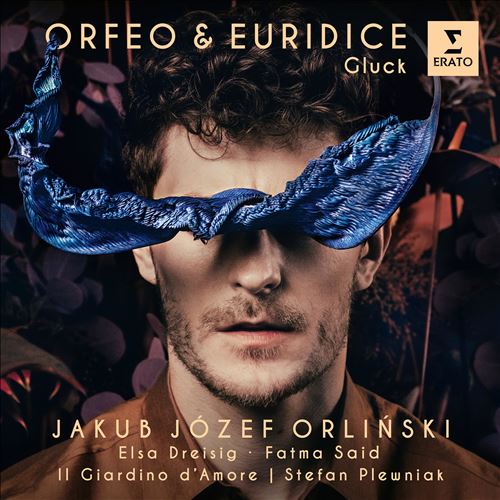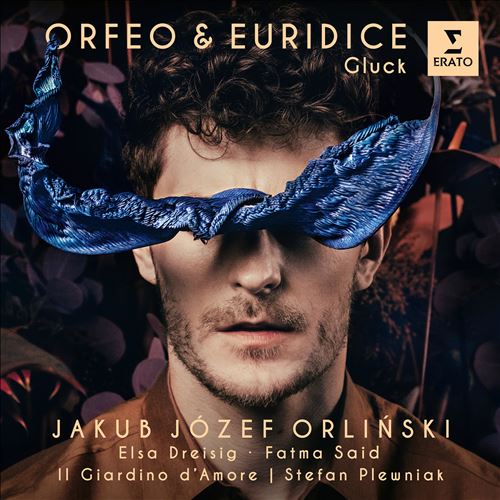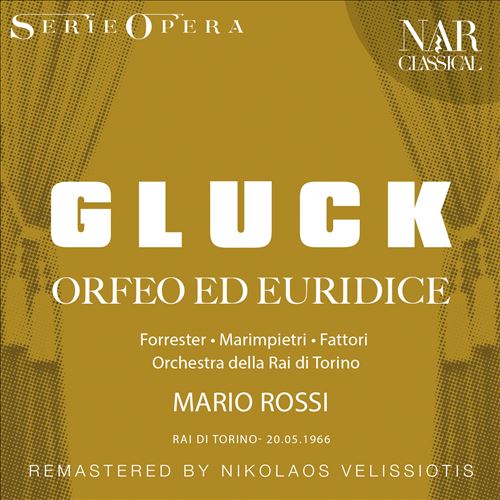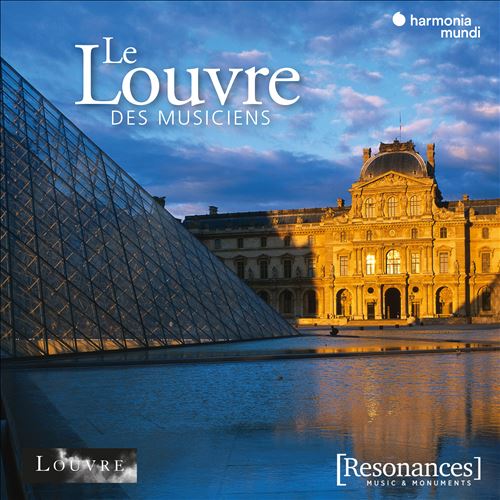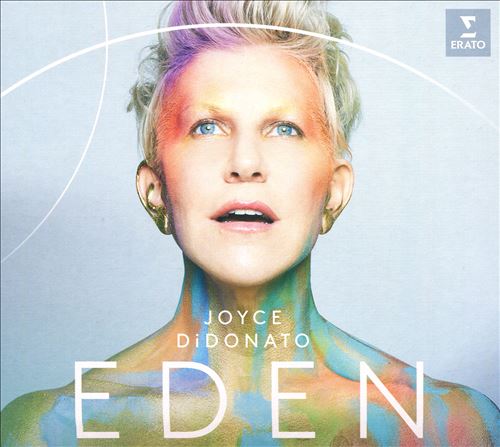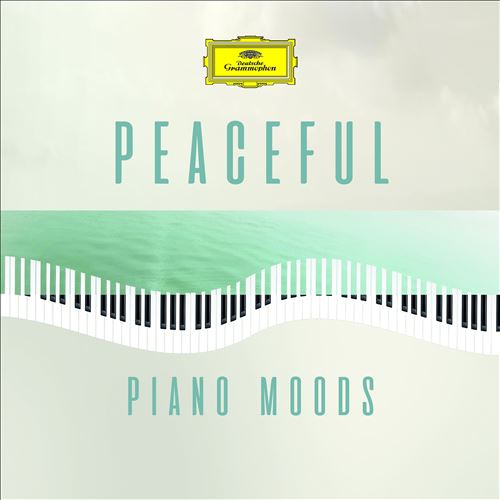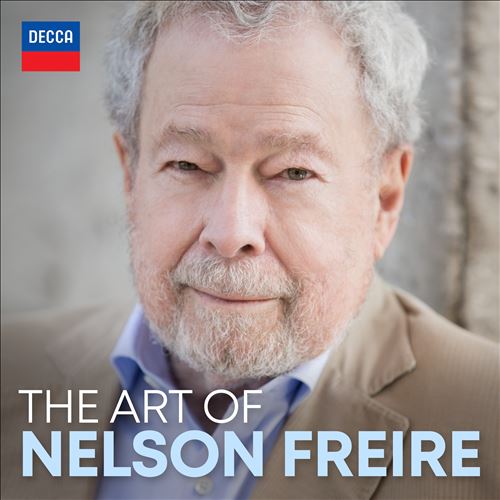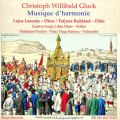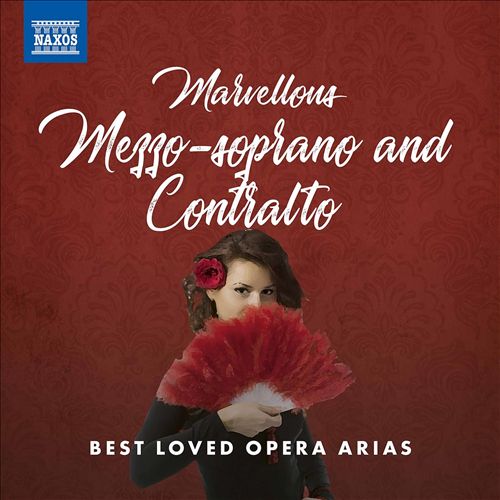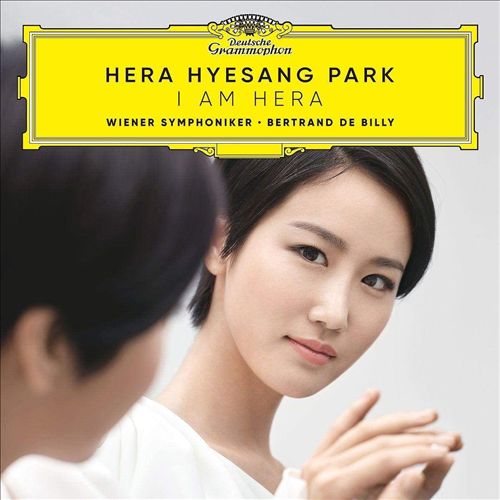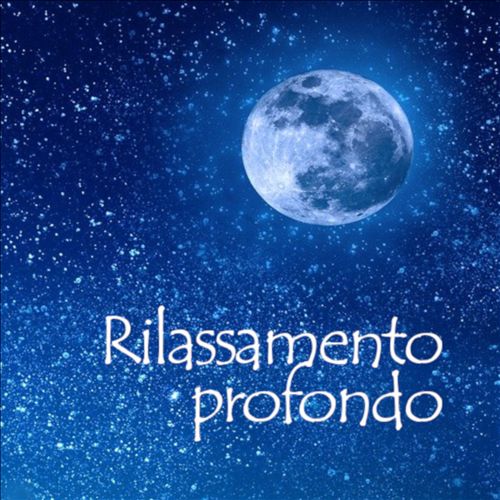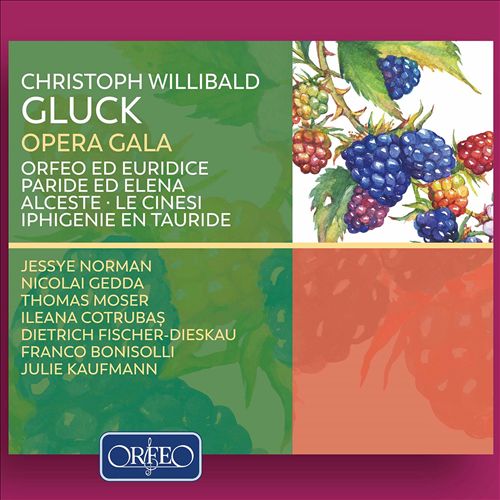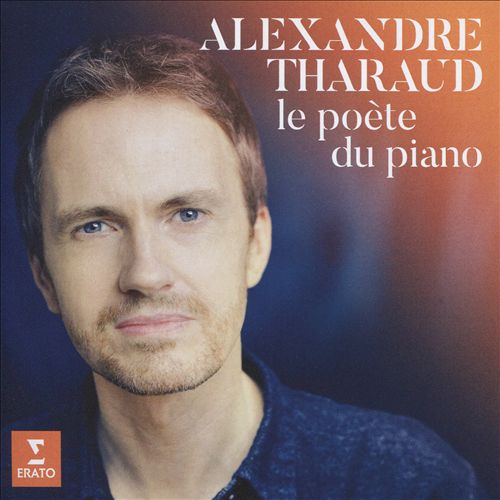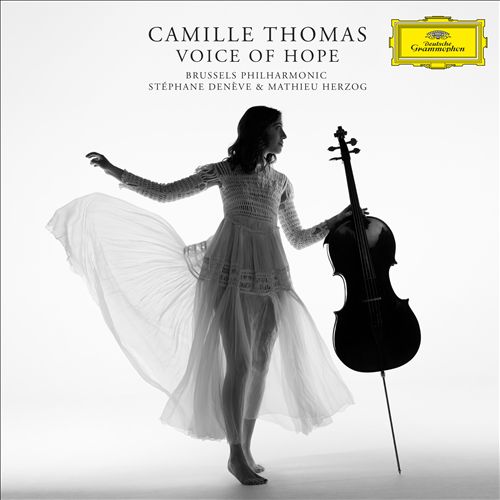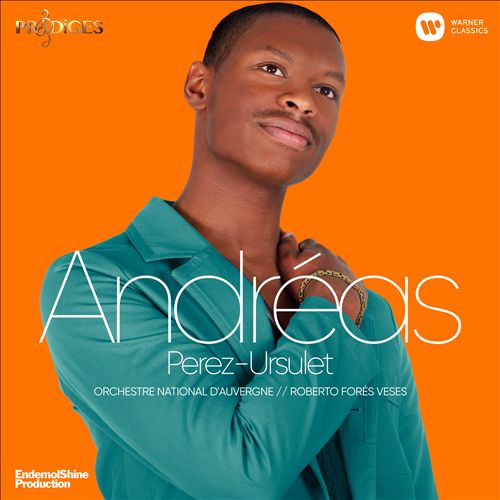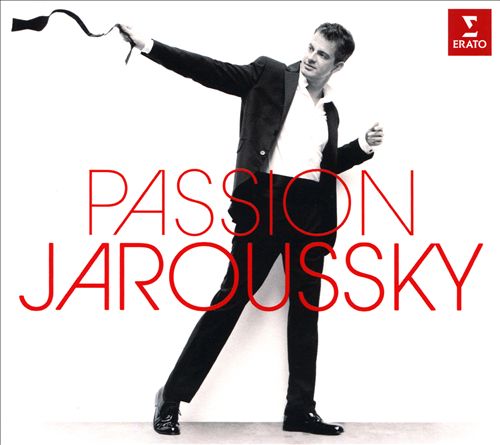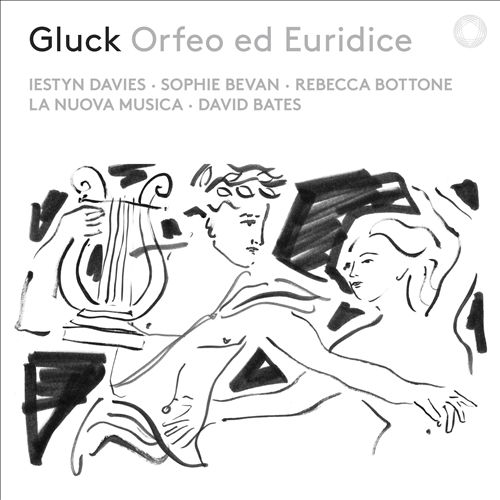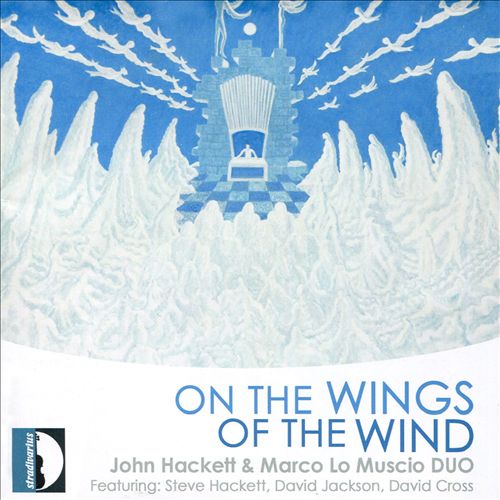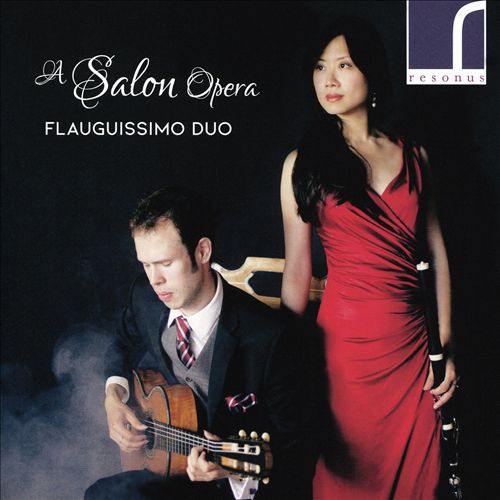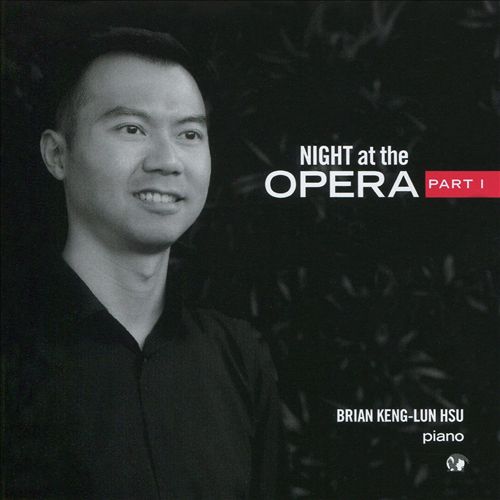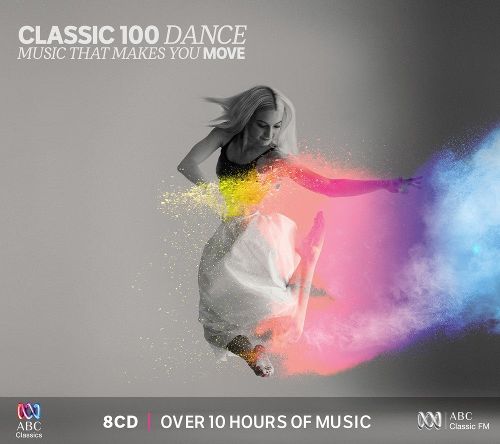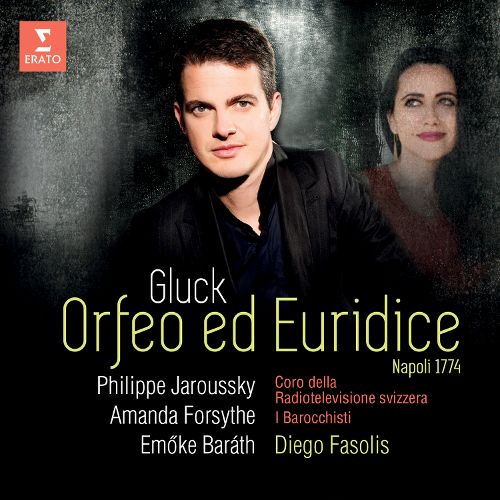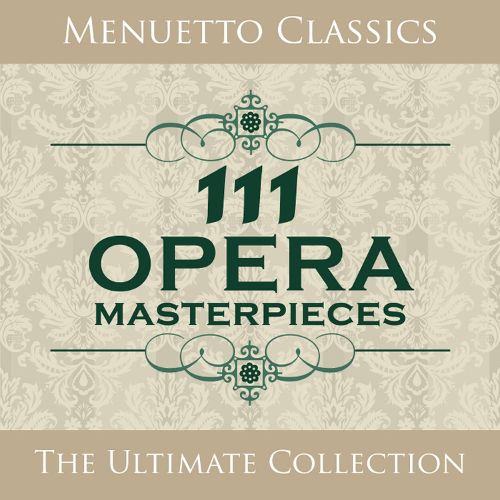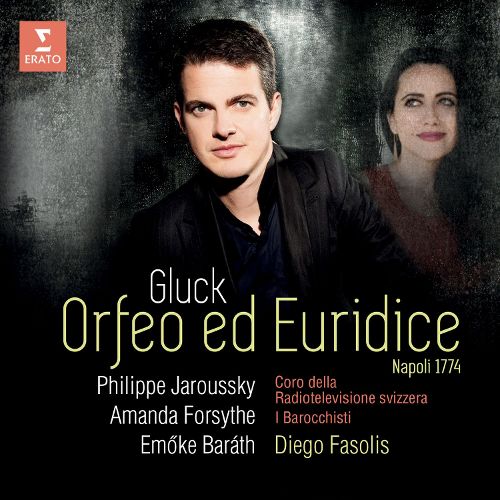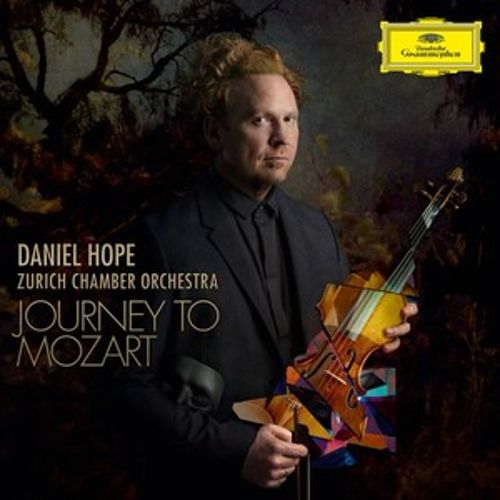Christoph Willibald Gluck (크리스토프 빌리발트 글루크)
Orfeo ed Euridice (Italian version)
100
10,000
1,400
WORK INFO
작곡가: Christoph Willibald Gluck (크리스토프 빌리발트 글루크)출판년도: 1762평균연주: 90:59악장1Sinfonia3:172Act 1 : Ah se intorno a questa urna funesta4:163Act 1 : Basta, basta, o compagni1:384Act 1 : Ballo2:425Act 1 : Ah se intorno a quest'urna funesta2:406Act 1 : Chiamo il mio ben così (Strofe I)4:557Act 1 : Cerco il mio ben così (Strofe II)2:008Act 1 : Piango il mio ben così (Strofe III)2:109Act 1 : Gli sguardi trattieni2:5010Act 2 : Ballo2:0311Act 2 : Chi mai dell'Erebo (Prelude & Chorus)2:2212Act 2 : Ballo1:5713Act 2 : Chi mai dell'Erebo1:4614Act 2 : Ballo1:1015Act 2 : Deh! placatevi con me3:3016Act 2 : Misero giovane!2:1817Act 2 : Mille pene, ombre moleste (Arioso)1:4218Act 2 : Ah quale uncognito affetto1:5219Act 2 : Ballo5:1220Act 2 : Anime avventurose1:3821Act 2 : Torna, o bella, al tuo consorte2:4022Act 2 : Vieni: appaga il tuo consorte3:5523Act 2 : Che fiero momento!3:2624Act 2 : Che farò senza Euridice!4:3125Act 2 : Ma finisca; e per sempre Colla vita il dolor2:0726Act 2 : Ballo7:5427Act 2 : Trionfi Amore2:34Orfeo ed Euridice (; English: Orpheus and Eurydice) is an opera composed by Christoph Willibald Gluck based on the myth of Orpheus, set to a libretto by Ranieri de' Calzabigi. It belongs to the genre of the azione teatrale, meaning an opera on a mythological subject with choruses and dancing. The piece was first performed in Vienna on 5 October 1762. Orfeo ed Euridice is the first of Gluck's "reform" operas, in which he attempted to replace the abstruse plots and overly complex music of opera seria with a "noble simplicity" in both the music and the drama. The opera is the most popular of Gluck's works, and one of the most influential on subsequent German opera. Variations on its plot – the underground rescue-mission in which the hero must control, or conceal, his emotions – include Mozart's The Magic Flute, Beethoven's Fidelio and Wagner's Das Rheingold. Though originally set to an Italian libretto, Orfeo ed Euridice owes much to the genre of French opera, particularly in its use of accompanied recitative and a general absence of vocal virtuosity. Indeed, twelve years after the 1762 premiere, Gluck re-adapted the opera to suit the tastes of a Parisian audience at the Académie Royale de Musique with a libretto by Pierre-Louis Moline. This reworking was given the title Orphée et Eurydice, and several alterations were made in vocal casting and orchestration to suit French tastes.
Francesco Algarotti's Essay on the Opera (1755) was a major influence in the development of Gluck's reformist ideology. Algarotti proposed a heavily simplified model of opera seria, with the drama pre-eminent, instead of the music or ballet or staging. The drama itself should "delight the eyes and ears, to rouse up and to affect the hearts of an audience, without the risk of sinning against reason or common sense". Algarotti's ideas influenced both Gluck and his librettist, Calzabigi. Calzabigi was himself a prominent advocate of reform, and he stated: "If Mr Gluck was the creator of dramatic music, he did not create it from nothing. I provided him with the material or the chaos, if you like. We therefore share the honour of that creation."From WIKIPEDIA
RELEASED ALBUMS
-
Sound StoriesSeptember 27, 2024
-
Gluck: Orfeo & EuridiceAugust 9, 2024
-
Gluck: Orfeo ed Euridice - Che puro ciel!April 5, 2024
-
Serenades in IvoryMarch 29, 2024
-
Gluck: Orfeo ed Euridice - Vieni appaga il tuo consorteMarch 22, 2024
-
Gluck: Orfeo ed Euridice (Torino 20.05.1966) (Highlights)April 12, 2023
-
Pop SongsMay 6, 2022
-
Le Louvre des MusiciensMarch 18, 2022
-
EDENFebruary 25, 2022
-
Peaceful Piano MoodsJanuary 21, 2022
-
The Art of Nelson FreireNovember 8, 2021
-
Christoph Willibald Gluck: Musique D'harmonieOctober 1, 2021
-
Marvellous Mezzo-Soprano and Contralto: Best Loved Opera AriasApril 23, 2021
-
I Am HeraMarch 19, 2021
-
Rilassamento ProfondoJanuary 29, 2021
-
Gluck: Opera GalaNovember 6, 2020
-
Le Poète du PianoNovember 6, 2020
-
Gluck: Orfeo ed Euridice - Act 2. Dance of the Blessed Spirits (Arr. for cello & strings by Mathieu Herzog)February 21, 2020
-
Prodiges, Saison 5: Andreas Perez-UrsuletNovember 22, 2019
-
Passion JarousskyNovember 8, 2019
-
Gluck: Orfeo ed EuridiceOctober 4, 2019
-
On the Wings of the WindJuly 5, 2019
-
A Salon OperaFebruary 1, 2019
-
Night at the Opera, Part 1October 9, 2018
-
Classic 100 Dance: Music that Makes You MoveJune 11, 2018
-
Gluck: Orfeo ed EuridiceMay 18, 2018
-
111 Opera MasterpiecesMay 11, 2018
-
Gluck: Orfeo ed Euridice - Act 3. Che farò senza EuridiceApril 20, 2018
-
Journey to MozartFebruary 9, 2018
-
Cancer: Music by the Great CanceriansJanuary 17, 2018
FEATURED MOVIES
-
 05:00글루크: 오르페오와 에우리디체 (이탈리아어 버전) Lento12th November 2013Wimbledon Music Festival, St John's Church, Spencer Hill
05:00글루크: 오르페오와 에우리디체 (이탈리아어 버전) Lento12th November 2013Wimbledon Music Festival, St John's Church, Spencer Hill -
 02:53글루크: 오르페오와 에우리디체 (이탈리아어 버전) Che fiero momento!
02:53글루크: 오르페오와 에우리디체 (이탈리아어 버전) Che fiero momento! -
 05:26글루크: 오르페오와 에우리디체 (이탈리아어 버전) Gli sguardi trattieni
05:26글루크: 오르페오와 에우리디체 (이탈리아어 버전) Gli sguardi trattieni -
 04:05글루크: 오르페오와 에우리디체 (이탈리아어 버전) Che faro senza Euridice!March 30, 2011
04:05글루크: 오르페오와 에우리디체 (이탈리아어 버전) Che faro senza Euridice!March 30, 2011 -
 11:04글루크: 오르페오와 에우리디체 (이탈리아어 버전) Torna, o bella, al tuo consorte20 July 2013
11:04글루크: 오르페오와 에우리디체 (이탈리아어 버전) Torna, o bella, al tuo consorte20 July 2013 -
 02:43글루크: 오르페오와 에우리디체 (이탈리아어 버전) Melodie
02:43글루크: 오르페오와 에우리디체 (이탈리아어 버전) Melodie -
 03:49글루크: 오르페오와 에우리디체 (이탈리아어 버전) Che faro senza Euridice
03:49글루크: 오르페오와 에우리디체 (이탈리아어 버전) Che faro senza Euridice -
 04:42글루크: 오르페오와 에우리디체 (이탈리아어 버전) Che faro senza Euridice!11-6-2011Koorenhuis in the Hague
04:42글루크: 오르페오와 에우리디체 (이탈리아어 버전) Che faro senza Euridice!11-6-2011Koorenhuis in the Hague -
 05:07글루크: 오르페오와 에우리디체 (이탈리아어 버전) Amour viens rendre a mon ameJanuary 29, 2005Frutillar - Chile
05:07글루크: 오르페오와 에우리디체 (이탈리아어 버전) Amour viens rendre a mon ameJanuary 29, 2005Frutillar - Chile -
 08:17글루크: 오르페오와 에우리디체 (이탈리아어 버전) Chiamo il mio ben cosi2013Astana concert
08:17글루크: 오르페오와 에우리디체 (이탈리아어 버전) Chiamo il mio ben cosi2013Astana concert -
 07:21글루크: 오르페오와 에우리디체 (이탈리아어 버전) Che faro senza EuridiceNew England Conservatory prep school
07:21글루크: 오르페오와 에우리디체 (이탈리아어 버전) Che faro senza EuridiceNew England Conservatory prep school -
 04:39글루크: 오르페오와 에우리디체 (이탈리아어 버전) Che faro senza Euridice
04:39글루크: 오르페오와 에우리디체 (이탈리아어 버전) Che faro senza Euridice -
 04:44글루크: 오르페오와 에우리디체 (이탈리아어 버전) Che farò senza Euridice1982Glyndbourne Festival
04:44글루크: 오르페오와 에우리디체 (이탈리아어 버전) Che farò senza Euridice1982Glyndbourne Festival -
 04:52글루크: 오르페오와 에우리디체 (이탈리아어 버전) Che farò senza Euridice1982
04:52글루크: 오르페오와 에우리디체 (이탈리아어 버전) Che farò senza Euridice1982 -
 05:33글루크: 오르페오와 에우리디체 (이탈리아어 버전) Che farò senza EuridiceCongress Palace , Switzerland
05:33글루크: 오르페오와 에우리디체 (이탈리아어 버전) Che farò senza EuridiceCongress Palace , Switzerland
ALBUM MUSIC
WORKS SHOUTS


